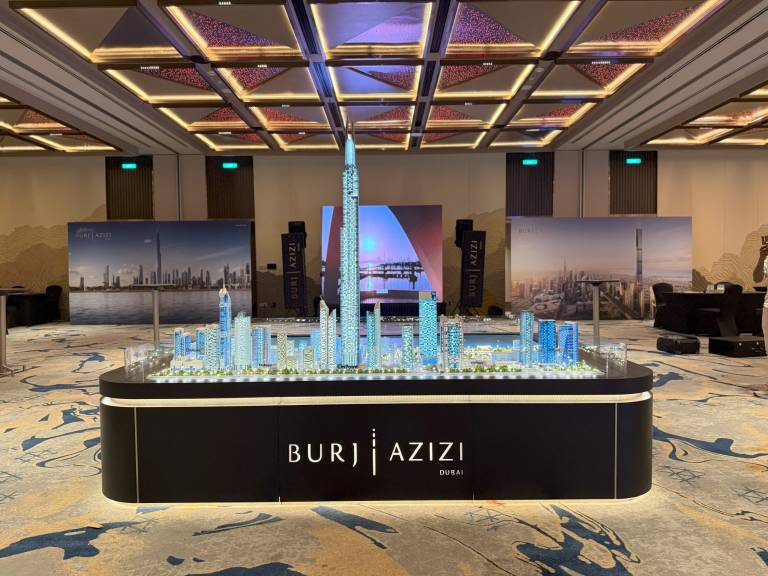Rendering tasks often take time and attention to detail. Adjusting the process may make projects move more smoothly and reduce delays. With a few changes, results can become more consistent. This is true for individuals as well as teams working with a rendering company.
Organize your files and assets
Proper organization is a fundamental step in improving your workflow. Keep all project files, such as textures, models, and scenes, in a structured folder system. This allows you to quickly access and modify assets when necessary. Consider naming files in a way that makes them easy to identify. Maintaining this organization from the start can save you valuable time and reduce the risk of confusion during the rendering process.
Select the right software
Choosing the appropriate software for your project is essential. Different software packages provide unique features suited to various types of rendering. Ensure that the software you select aligns with your project’s requirements. For example, if working with complex architectural models, tools like 3ds Max or Revit may be preferable. If working with a rendering company, it’s worth discussing the best software choices for the type of work you are commissioning, as they may have expertise in using specific tools.
Optimize your hardware
The performance of your hardware directly affects the efficiency of your rendering process. Ensure that your computer has enough power to handle large files and demanding rendering tasks. Upgrading your system with a high-quality graphics card (GPU) and sufficient memory (RAM) can speed up rendering times. For particularly large or complex projects, a rendering company may provide advanced computing resources or a render farm, allowing you to offload heavy processing work.
Use renders farms
For large-scale or time-sensitive projects, render farms are a great option to speed up the rendering process. A render farm involves using multiple computers working together to complete rendering tasks more efficiently. Many rendering companies offer render farm services, allowing you to leverage their infrastructure and complete projects faster. This can be a cost-effective and time-saving solution, especially for high-quality, resource-intensive renders.
Test renders and previews
Before starting the final render, it’s essential to run test renders. These smaller previews allow you to evaluate your scene’s lighting, textures, and composition. By running a few tests first, you can identify and resolve any issues early, preventing costly mistakes in the final render. This step also helps to optimise the final rendering settings, ensuring that you achieve the best result in the shortest time.



